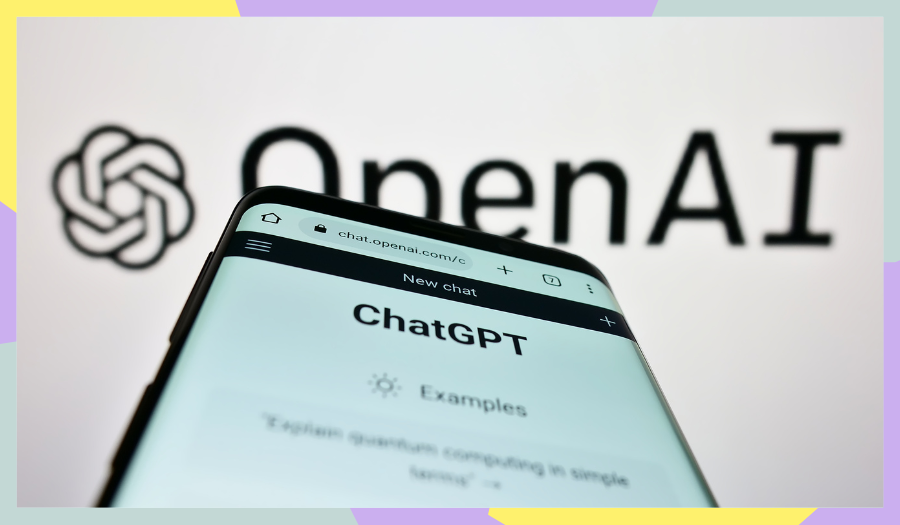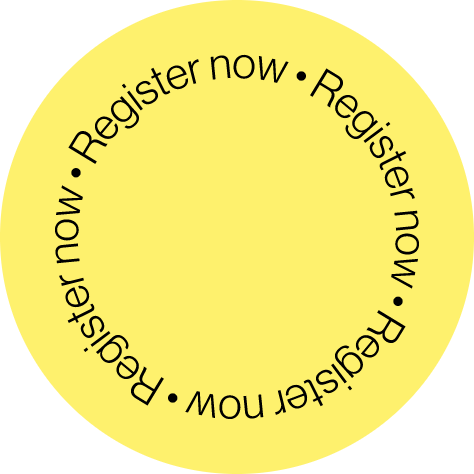What do you think of when you hear the term “AI?” Do you think of chatting with SmarterChild on AIM as you avoid weeknight homework? How about finding the quickest route to work using Google Maps? Perhaps you think of the unsettling intrigue you’d experienced when you saw Sophia the Robot for the first time scrolling through your AI algorithm-powered TikTok ‘for-you-page.’
It may feel like you can’t go about a full day without coming across AI in some capacity, especially working in the Innovation space. From ChatGPT, to DALL-E and Galileo AI, even Spotify’s latest “DJ” feature offering personalized music with AI-powered commentary, there is not a single industry that won’t be transformed by artificial intelligence. It is a fantastic tool that can be harnessed to rapidly elevate your work to the next level: particularly for designers, many of which are already leveraging this new technology.
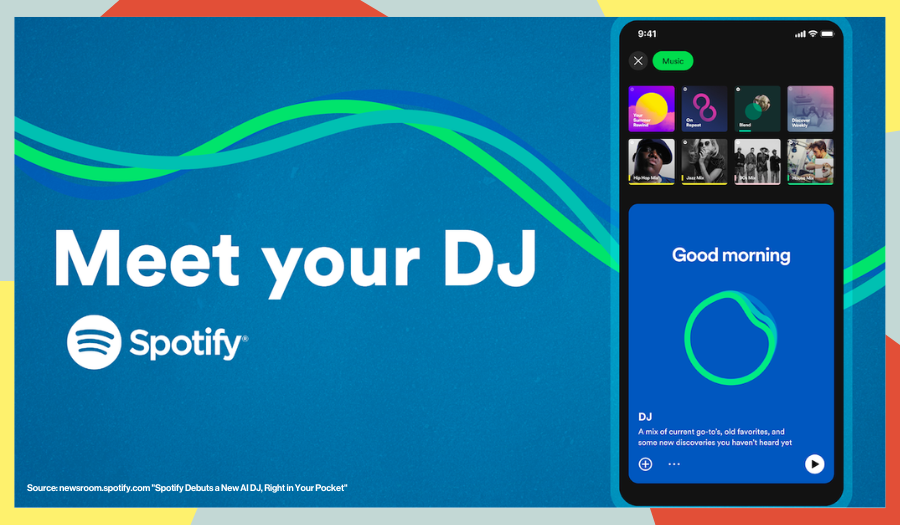
Product Designers are using Machine Learning (ML) to create innovative and incredible experiences for their users. With AI becoming more and more commonplace, Product Designers are able to use it to create intuitive designs that respond to the user's needs. Several examples of this include improving predictive analytics, automating mundane tasks such as testing and prototyping, speeding up product localization and creating the same graphics in multiple languages, and more.
AI products can aid Designers in improving predictive analytics: a powerful tool that allows them to understand user needs and create better experiences. By tracking user behavior patterns, Designers can identify areas where product improvements and changes can be implemented. As these AI algorithms become more advanced, Product Designers can tap into customer sentiment data to create tailored experiences more efficiently.
A product designer’s end goal is to create the best user experience possible for their product or service. This requires a constant cycle of prototyping, learning, and adapting. ML has the ability to take mundane or time-consuming tasks off of the Product Designer’s to-do list through automation. By using machine-learning algorithms for the analysis of design data, designers can create high fidelity prototypes from low fidelity sketches in a much shorter period than if they were to do the same task manually. Airbnb has developed a design system to generate code from low fidelity wireframes with the aim of bringing their idea testing time to zero. The Design Technology team developed an initial prototype using a dozen hand-drawn components as training data, open source ML algorithms, as well as a small amount of intermediary code to render components from their design system into the browser. The system has already demonstrated massive potential.
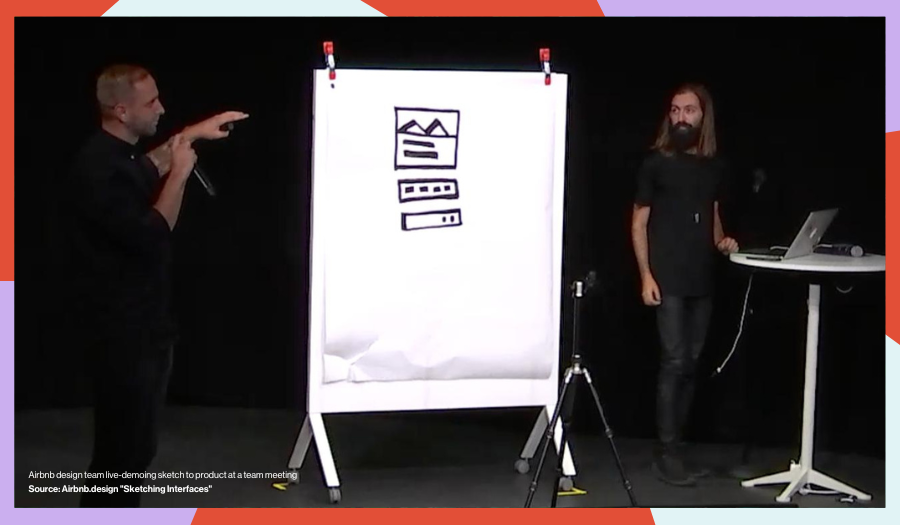
AI systems can also support designers with day-to-day tasks such as product localization and creating multiple languages based on the same graphics. You can find examples of this in Netflix’s collection of nearly two million images, wherein the design team utilizes computer vision algorithms to address the challenges of focal point, text placement, and image clustering. As a global company that is constantly testing and experimenting with imagery, it would be impossibly time consuming to manually cluster images across the platform for all markets. Netflix developed an algorithm that determines a similarity index based on the measurement of visual similarity among a group of images, allowing the same image to display for different users across the globe.
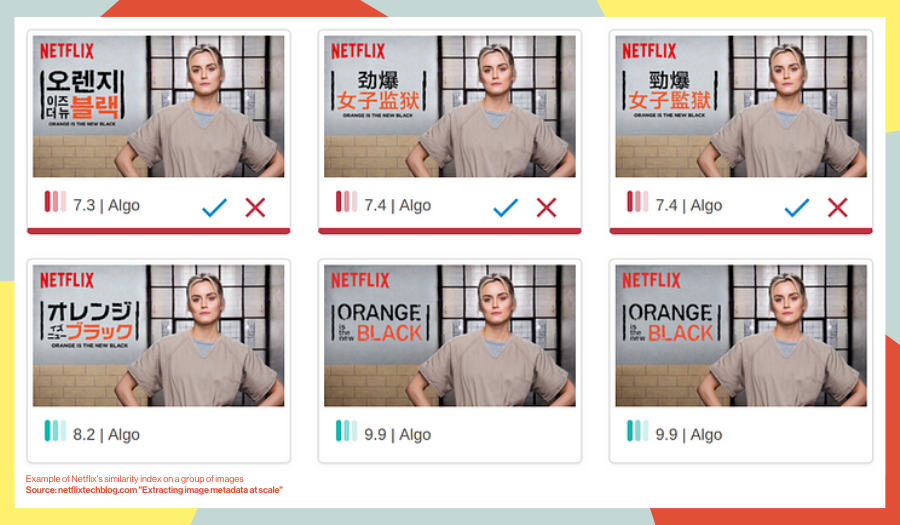
Even without the access to a proprietary design system, many designers are finding use in ML through more accessible routes, such as ChatGPT. I came across a very well articulated post from Russia-based UX/UI designer Julie Tkachuk, wherein she’d shared 7 tips on how to use ChatGPT to turbocharge a design process:
- As a Lorem ipsum replacement
- To translate or optimize your text for the right tone of voice
- Create a user flow sample
- Enhance user research
- Test your prototype
- Get ideas for a page layout
- Generate any ideas
From here, a designer can make any final decisions, validate results, and be sure the designs are accessible and meet any project standards.
Beyond ChatGPT, there is a vast selection of tools currently on the market that should be on every Product Designers' radar. Galileo AI is the first AI product trained on thousands of outstanding designs. It can turn a simple text description into high-fidelity editable UI designs. Looppanel can find the shortest distance from user research to product insights. These services reduce manual labor while ensuring quality and open up more time for Designers to create user experiences with less tedious testing processes.
AI is not only changing the way we design products, but it has the potential to change the world through the creation of these transformative products and more.
Ready to find your next job in ML Product Design?
- UI/UX Developer, Simcoach Games: Apply Here
- Creative Lead, Faire: Apply Here
- Product Designer, Akkio: Apply Here
- Conversational Designer, Peterson Technology Partners: Apply Here
- Determined AI - Senior Product Designer, Hewlett Packard Enterprise: Apply Here
- Product Designer, Moveworks.ai: Apply Here

